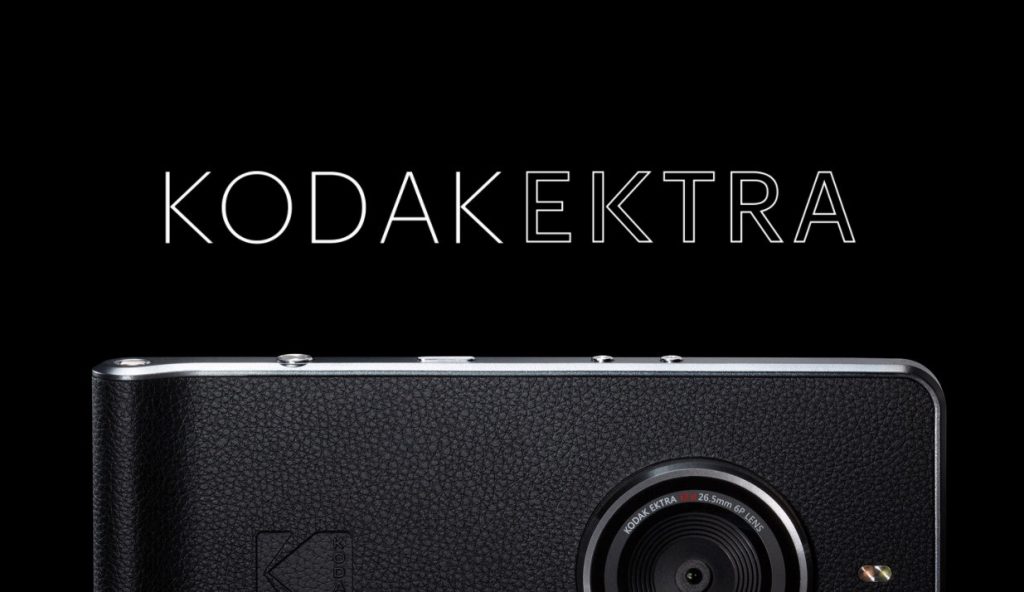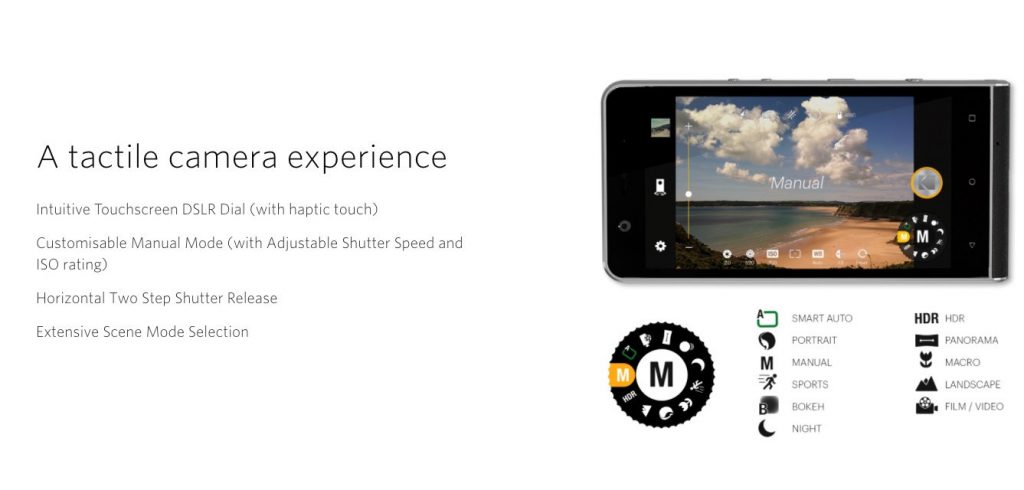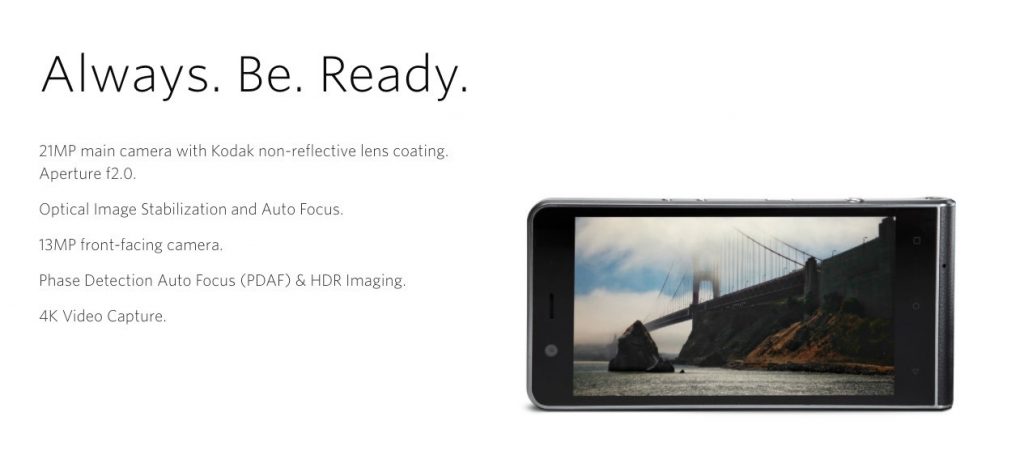Kodak Makes a Grab at the Cellphone Camera Market with the Ektra

Screenshot of the Official Website of Kodak
For millennials, the Kodak brand does not have much meaning, just echoes of a company synonymous with film. For older people, Kodak is tied with innovation in imaging. After practically packing up its business, Kodak is going to release a cellphone which is really more of a camera.
Called the Ektra, Kodak is putting up big stakes with the name alone. The original Ektra was a 1940s viewfinder camera which was quirky but is now considered a collector’s item. During the 1980s, Kodak manufactured the Ektra 110 film camera. And now comes the Kodak Ektra cellphone.
The name is not just evocative of past successes. It also suggests that Kodak is going back to its roots of photography for the masses. Kodak was widely known for its point-and-shoot cameras which made taking pictures very affordable. The Ektra is built by Bullitt for Kodak and like the cameras it built for Cat, this uses an unskinned Android.
The Ektra Cellphone
The Ektra runs on barebones unskinned Android 6 Marshmallow. It comes with a decacore Helio X20 processor clocking 2.3GHz with 3GB RAM and 32GB secondary storage. It will also have a microSD card for bigger storage options.
The back facing cellphone camera is 21MP with a phase detect auto focus (PDAF), dual LED light flash, optical image stabilization (OIS), and a 26.5mm f/2.0 equivalent lens. It is capable of 4K video as well. The front facing camera is 13MP. The designers have decided to make it look like a camera, with a faux leather skin, metallic looking plastic trim, a big bump in the back for the camera, and a dedicated shutter button. It even has a Kodak logo on the back. It comes bundled with Snapseed for photo editing.

Screenshot of the Official Website of Kodak
To extend the camera imagery further, the camera controls has a virtual scene mode dial which is much like the scene mode from compact cameras. It also has a manual mode which can give the user total control of the camera settings. The OIS uses a six-axis stabilization system, which would explain the bump in the back. The phone can be used as a camera without starting up the phone, just double-click on the dedicated shutter button.
The Pros

Screenshot of the Official Website of Kodak
Kodak did several things right on the cellphone camera. First off, they used Snapseed for the image processing. For another, the scene dial is easily accessible. The camera functioning is also easily accessible, and makes the camera easily accessible. There are also few other cameras which use OIS, as well as PDAF.
This is Kodak’s second attempt at the cellphone market, and there is no indication that this will be the last. The attempt is great for marketing purposes, showing that they still have name recall.
The Cons
The cellphone is slow. The processor has 10 cores, where two cores are for heavy lifting. There are also two quad-cores which do the day-to-day stuff, and a builtin graphics chip. The camera is slow as you can feel the lag in focusing, as well as in image preview after taking the shot.
Picture comparison with cellphones which sport the best cameras, show that the Ektra is not anywhere near the picture quality.
The Future of Cellphone Photography
The Ektra is not the future of camera photography. It lives up to its namesakes in very striking ways. The 1940s Ektra was a very innovative 35mm camera, and the only 35mm camera from Kodak. However, it was hard to use, and there were also better camera brands. The 1980s Ektra was small, light and very portable, but the 110 film format was not well known for picture quality. The Kodak Ektra smartphone has a lot of room for improvement, as it seems that Kodak is still testing the waters.
There is a lot of possibility for cellphone photography, but it would have to make use of larger sensors, with better image stabilization, and faster autofocus. Kodak might sell lots of the Ektra, but it would need to work harder to get closer to the image quality of the top cellphone cameras which preceded it.